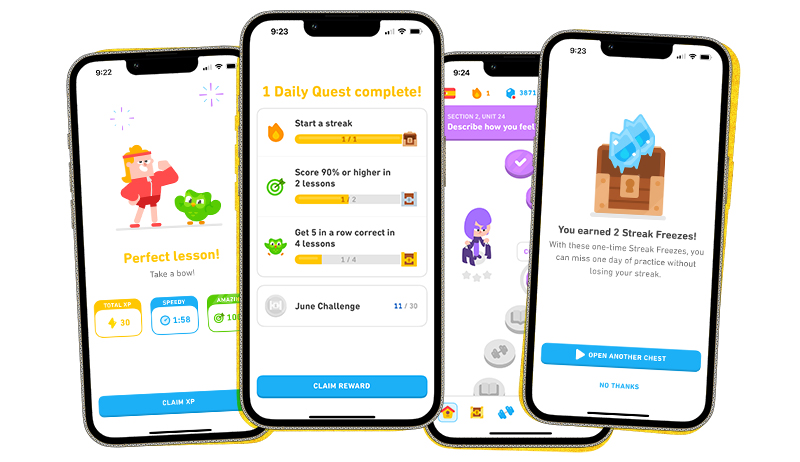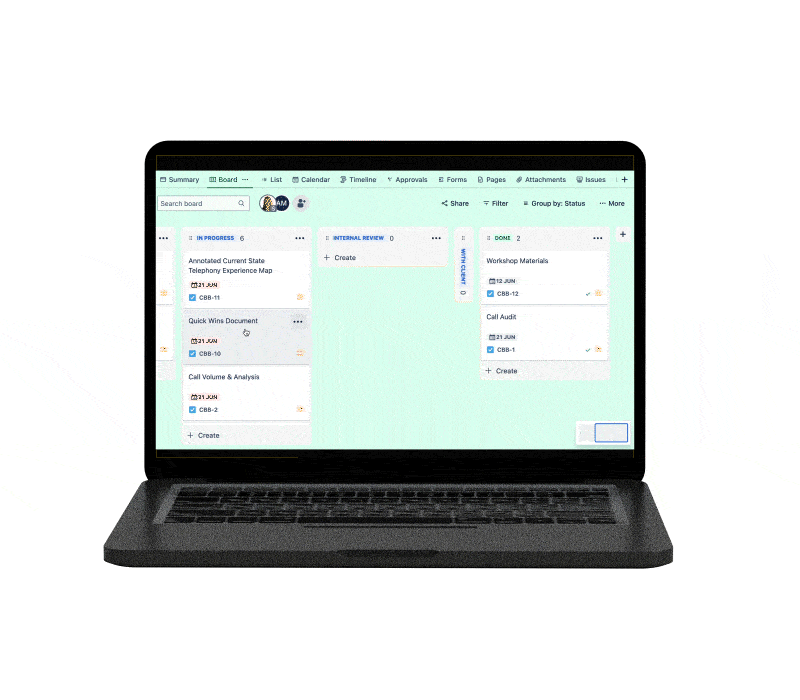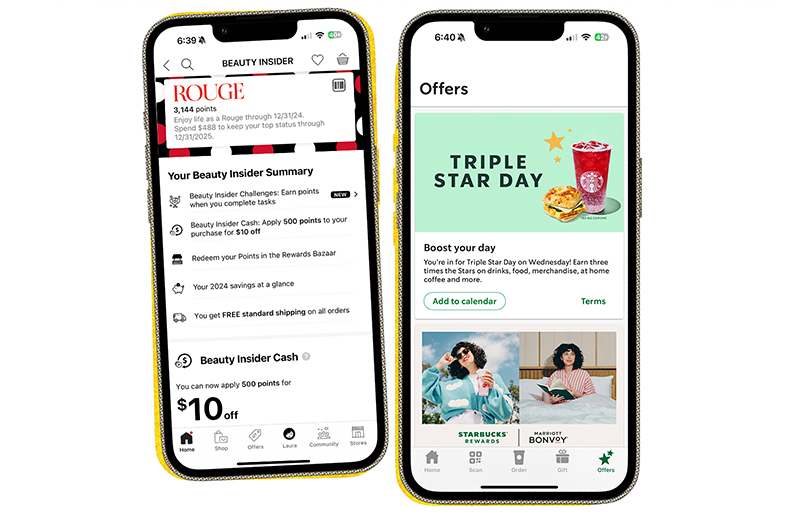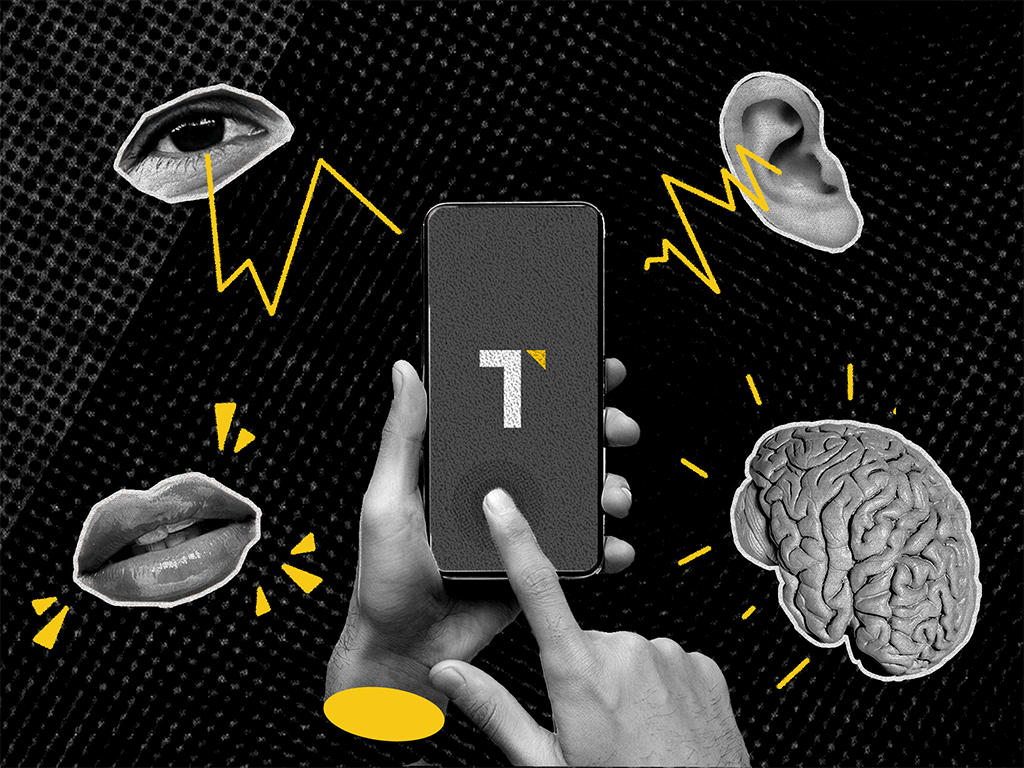It’s a scorching summer afternoon. A potential customer, brows furrowed in concentration and drenched in sweat, scrolls through her phone on a crowded sidewalk.
She is very obviously on a mission: she must find the perfect iced coffee to cool down and fight off the 2 p.m. slump. Suddenly, a standout shop bursts forth and piques her attention, illuminated by a chorus of glowing five-star reviews raving about “the most refreshing cold brew in town” served over “nugget ice, AKA the good ice.”
Intrigued, she taps the screen, ready to learn more and order online. This is the power of online reviews harnessed for maximum impact.
But how do you, the savvy coffee shop owner, unlock this potential and transform satisfied customers into your biggest online cheerleaders? This guide dives deep into the art of the “how to ask for customer reviews” question. We’ll explore not only the strategic request itself, but also the ways to weave those reviews into your content strategy and leverage them to skyrocket your online reputation and local SEO strategy.
So, grab your own iced coffee (preferably with nugget ice) and settle in to read. By the end of this post, you’ll be equipped with a five-star strategy to cultivate a chorus of positive reviews that will have thirsty customers like our sweltering friend lining up at your physical and virtual doors.
Review signals: How Google uses reviews to rank local businesses
Google Business Profile (formerly Google My Business) reviews integrate with Google Maps and are the key to unlocking local SEO success. Google’s search engine algorithm craves review signals, a trifecta of quantity, quality, and recency, to determine local search ranking. The more positive reviews you have, particularly on your Google Business Profile, the higher you’ll climb in local search results, making your business more discoverable by potential customers searching for your products or services.
Google isn’t the only player in the review game. Platforms like Yelp, Facebook, and industry-specific review platforms (Happy Cow, for example) carry weight too. While Google Business Profile reigns supreme for local SEO, a diverse online review portfolio across various platforms strengthens your social proof and builds trust with potential customers who frequent these sites.
The power of Google Business Profile Reviews (and why they matter most)
Think of your Google Business Profile as your digital storefront’s welcome sign. Positive reviews on your profile act as glowing neon lights, beckoning potential customers in. Studies show that businesses with a higher volume of positive reviews rank higher in local searches and experience a significant boost in click-through and conversion rates. In fact, positive reviews are more than just gold stars or recommendations. They’re a cornerstone of trust and credibility for businesses of all kinds, especially those with a purely online presence.
Positive reviews are a trust-building powerhouse that go beyond SEO. Put yourself in the shoes of a customer: Would you be more likely to choose a coffee shop with a handful of generic reviews or one boasting dozens of detailed descriptions of exceptional beverage and barista experiences? Positive reviews establish credibility, showcasing your commitment to delivering exceptional customer experiences for businesses with and without a physical storefront.
The art of the ask: Encouraging a flood of five-star reviews
Now that you understand the power of reviews, let’s explore how to request them from satisfied customers strategically. Here are some key tactics:
Make it easy
Reduce friction by providing clear instructions on how to leave reviews on your preferred platforms (Google Business Profile, Yelp, Facebook, etc.) Include links or QR codes directly to your review pages on your website, email signatures, and even receipts.
Timing is key
The timing of your request can significantly impact response rates. Ask for reviews when the positive experience is fresh in the customer’s mind, following a successful purchase, service completion, or exceptional customer service interaction.
Multiple channels, maximum impact
Don’t restrict yourself to a single platform. Yes, Google Business Profile reviews might reign supreme, but consider encouraging reviews across channels like your website, email marketing campaigns, and social media posts.
Learning from feedback: Addressing negative reviews strategically
Negative reviews shouldn’t send shivers down your spine. While they can bring down your score slightly, how you handle them is crucial. A prompt and professional response acknowledging the customer’s concerns and outlining steps taken to address the issue demonstrates your commitment to customer satisfaction. This can actually strengthen your credibility and show potential customers you’re willing to go the extra mile.
Negative reviews, while not ideal, present a valuable opportunity for growth. Treat them as constructive criticism, offering insights into areas where you can improve your customer experience. Here are some key steps to take when addressing negative reviews:
- Respond promptly: Don’t leave the customer hanging! A timely response shows you care about their feedback.
- Acknowledge concerns: Validate the customer’s experience and show empathy.
- Outline solutions: Explain the steps you’re taking to address the issue and prevent similar occurrences.
- Maintain professionalism: Avoid getting defensive or argumentative.
- Take the conversation offline: If the issue requires further discussion, offer to move the conversation to a private channel (e.g., email, phone call).
Following these steps can turn a negative review into a positive customer service experience, demonstrating your commitment to improvement.
Putting it into action: ‘Your coffee sucks.’
Plot twist: Let’s say the customer above, we’ll call her Karen (predictable, we know), was less than impressed with the beverage she was served at your coffee shop. She left a one-star review on your shop’s Google Business Profile.
It would be easy to respond with something like:
“We’re sorry you didn’t like our coffee. Everyone has different tastes. We can’t please everyone.”
While not technically incorrect, there are more productive ways to engage. This response is dismissive and does not address her concerns. It might also discourage other customers from leaving reviews for fear of a negative response. And worst of all, it might dissuade potential customers from visiting your shop in the first place.
Here’s what a five-star response to her one-star review might look like:
“Thank you for taking the time to leave a review, Karen. We’re sorry to hear that your upside-down iced caramel mochaccino wasn’t what you expected. We take pride in using high-quality ingredients and are disappointed that we didn’t meet your standards.
Would you be willing to tell us a bit more about what you found lacking? Your feedback is valuable to us and helps us continuously improve our products.
We’d love the opportunity to offer you a complimentary beverage on your next visit, so you can experience the quality we strive for. Please feel free to reach out to us directly at [phone number] or [email address] so we can make this right.”
This response acknowledges her disappointment, is committed to quality, and offers to investigate the issue further. It also provides a specific solution (a free drink) and a way for the customer to connect directly. This shows the customer that their feedback is valued and demonstrates a willingness to go the extra mile to ensure customer satisfaction.
Harnessing the power of social proof: Using reviews to build trust
Positive reviews are goldmines for credibility and encouraging special proof! Consider showcasing them on your website, landing pages, social media platforms, and marketing materials. They act as persuasive testimonials, convincing potential customers that your business delivers exceptional experiences.
Take it a step further and leverage the power of social media reviews. Encourage satisfied customers to share snippets of their positive reviews on your social media pages and tag your business in their social posts. User-generated content featuring glowing reviews adds authenticity and resonates deeply with potential customers.
The voice of the customer: Using reviews to improve CX
Reviews are a treasure trove of valuable customer insights. Don’t just bask in the glow of positive reviews; consider diving a little deeper! Identify recurring themes in both positive and negative reviews. Positive feedback highlights what you’re doing right, while negative reviews pinpoint areas for improvement. From there, you might use this information to:
- Refine your offerings: Based on customer feedback, consider expanding your product or service offerings to better cater to customer needs.
- Optimize your customer journey: Identify pain points and streamline your customer journey to create a more seamless and enjoyable experience.
- Exceed expectations: Use positive feedback as a springboard to brainstorm ways to exceed customer expectations and consistently delight your audience.
Turning feedback into action: Taking advantage of customer insights
Don’t let valuable customer feedback gather dust! Implement a system for gathering, analyzing, and taking action based on review insights. Here are some tips:
- Track progress and measure results: Monitor the impact of changes implemented based on customer feedback so that you can tell a meaningful story about the time you’re investing in your customer review strategy.
- Assign a dedicated team member: Designate someone to monitor reviews across platforms and compile key insights. You might integrate reviews into monthly reporting and make it easy to monitor on a Looker Dashboard.
- Schedule regular review analysis sessions: Dedicate time with your internal team to analyze reviews and brainstorm actionable steps based on the feedback received.
Establishing a system for leveraging customer feedback can continuously improve the customer experience, foster brand loyalty, and drive sustainable business growth.
Asking for customer reviews: The five-star formula for success
By understanding the power of customer reviews, implementing strategic request tactics, and utilizing the insights they provide, you can unlock a potent formula for success.
Remember, positive reviews are more than just a vanity metric: they’re the cornerstone of building trust, attracting new customers, and, ultimately, achieving long-term business growth.Ready to take your online reputation and local SEO strategy to the next level? We are. Our team of digital marketing experts can craft a customized strategy to help you leverage the power of customer reviews and dominate your local search rankings. Let’s talk.
















